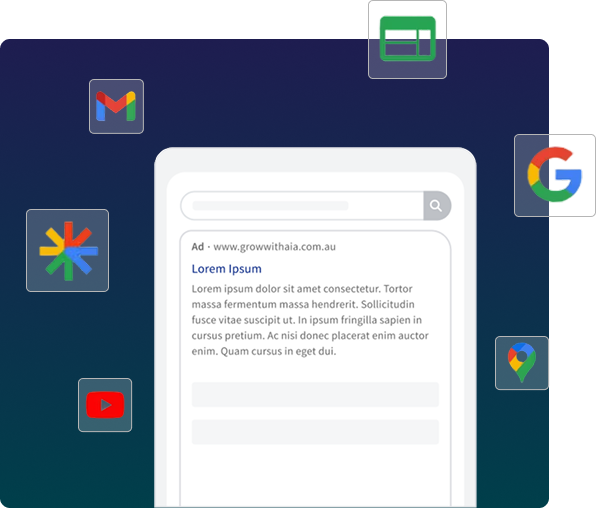
Google Ads Agency
If you’re running Google Ads and not making money, you’re not advertising, you’re donating.
5.0 Based on 145 Reviews

Most agencies treat your ad budget like a scratchie ticket.
They burn through thousands on keywords that don’t convert, automate everything with no oversight, and blame “competition” when results tank. We’re not that kind of agency.
At Australian Internet Advertising, we run Google Ads with commercial precision, and we use AI-powered systems to squeeze every dollar of performance from your campaigns.
No fluff. No waste. Just scalable, profitable growth.
Our Clients
Our
Clients
One of Australia's most loved agencies


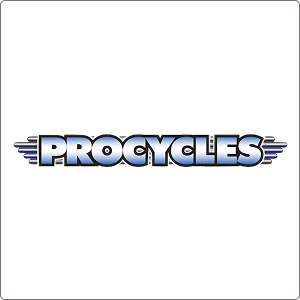
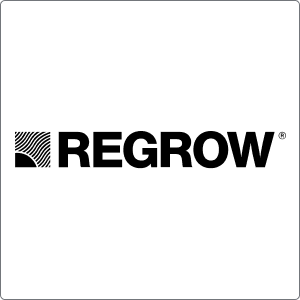
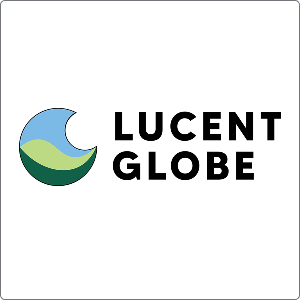







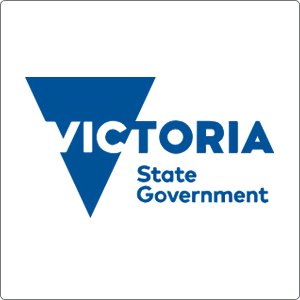






See Our Work

- Design, Development, Email Marketing, Paid Ads, SEO, Shopify, Social Ads

- Development, Email Marketing, Google Ads, SEO, Social Media, Web Design

- Email Marketing, Google Ads, SEO, Social Ads, Web Design

- Conversion Rate Optimisation, Development, Shopify, Web Design

- Development, Email Marketing, Shopify, Web Design

- Development, Google Ads, Shopify, Social Media, Web Design

- Design, Development, HubSpot CRM, Paid Ads
What Makes Us Different?
Most “Google Ads agencies” claim they’re certified and experienced. We assume you want more than a badge and a buzzword.
We don’t just set up campaigns. We engineer conversion machines, using Google’s most advanced tools, paired with our own internal tech stack and real human strategy.
Our approach is:
AI-Powered Keyword Targeting
We use machine learning to identify high-converting, low-competition terms your competitors are missing.
Intent-Driven Ad Copy
Every headline and description is written to interrupt, engage and compel the right buyer to act.
Smart Bidding Optimisation
We don’t guess. Our systems adapt in real-time based on audience behaviour, device, time, and more.
Conversion-Focused Landing Pages
Built in-house, tested obsessively, and optimised for one thing: Leads.
Live Campaign Oversight
Our senior media buyers monitor performance daily, not “once a week” like most agencies.
We Don’t Rely on Hope. We Rely on Numbers.
We work best with businesses that are serious about scaling.
If you’ve got a proven offer, an internal sales process, and you’re ready to invest in paid traffic that actually performs, we’ll take you further than any agency has before.
And once we work with you, your competitors are locked out.
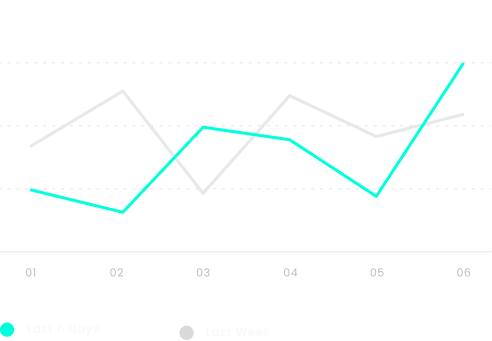
Why Google Ads Still Crush Every Other Channel.
It’s simple: high intent.
When someone types “emergency plumber Sydney” or “buy sports compression gear online,” they’re ready to buy.
But only if your ad shows up, and lands properly.
That means the right message, the right time, and the right experience after the click. That’s the full picture.
That’s what we do.
Everything In-House. Everything Accountable.
You’re not getting freelancers.
You’re getting a full-stack paid search department, under one roof, and under the gun to get you results.
- Copywriters trained in direct response
- Designers optimising conversion rates, not colours
- Media buyers managing millions in monthly Google spend
- AI systems tracking patterns, performance, and opportunities in real-time
- Executives who know if it doesn’t make you money, it’s not working
We run your campaigns the way we’d run our own: with urgency, scrutiny, and precision.

Not Every Business Is a Fit.
We work best with businesses that are serious about scaling.
If you’ve got a proven offer, an internal sales process, and you’re ready to invest in paid traffic that actually performs, we’ll take you further than any agency has before.
And once we work with you, your competitors are locked out.
Book Your Google Ads Strategy Session.
We’ll audit your account, spot every dollar you’re wasting, and map out exactly how we’d build a Google Ads campaign that turns traffic into profit.
No generic recommendations. No fluff. Just a clear path forward.
Let’s Talk About What We’d Do If We Were You.

5.0 Based on 145 Reviews

